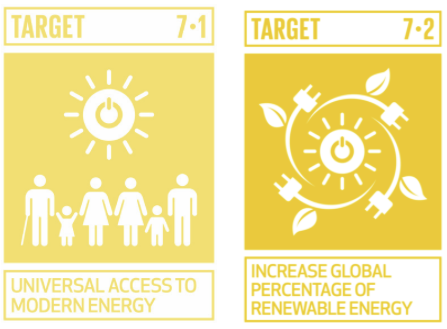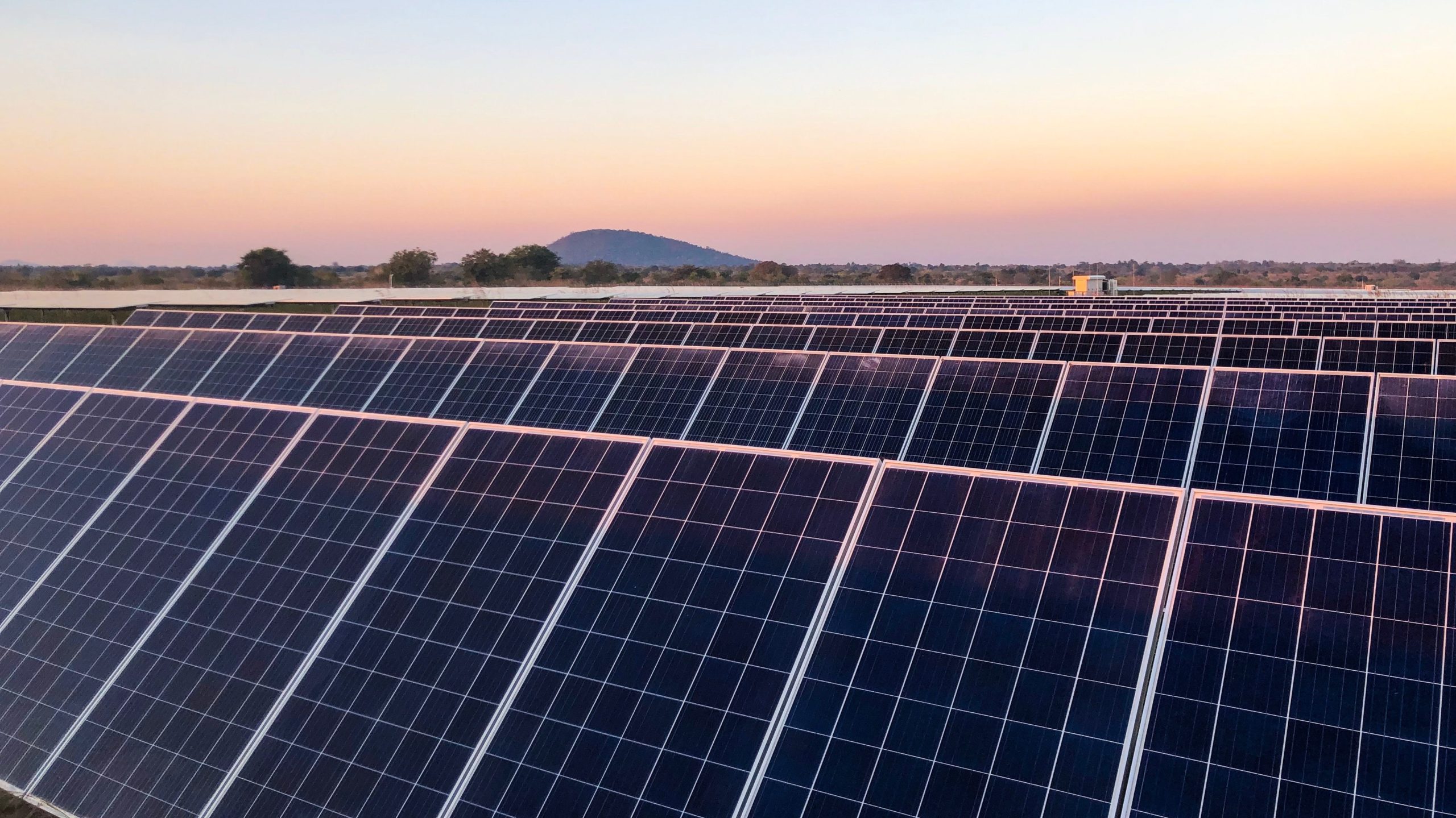Access to energy is a precondition for job creation, economic growth and improved living standards in developing countries. To combat climate change, most of the energy must be based on renewables.
New capacity financed, whereof 695 MW renewable
Provided with access to electricity through micro/mini-grid or solar home systems
Tonnes CO2 emissions avoided by investments in total portfolio in 2020*
*When including all greenfield renewable capacity Norfund has supported since inception calculations show that 8 million tonnes CO2 emissions are avoided annually
Development rationale
Although most developing countries have considerable solar, wind and hydropower resources, the power sector is largely underdeveloped in terms of installed capacity, access to energy and per capita consumption.

.
Norfund’s investments in clean energy contribute directly to achieving SDG 7-1 and SDG 7-2.
Investments in clean energy generation enables economic growth and job creation. More reliable energy supplies, resulting in fewer and shorter outages are helping to foster job creation and economic growth as new businesses are established and productivity improves.
Contributing to increased access to electricity improves living standards by substituting other fuels and reducing indoor air pollution, providing access to quality lighting and electronic communication, and improving health care services, security and educational outcomes.
Renewable energy can substitute fossil energy and thus mitigate climate change.
Norfund’s impact objectives
Norfund’s impact objective for our clean energy investments is threefold:
- Increasing the supply of energy
- Increasing the share of energy from renewable sources
- Increasing access to energy
Doing so leads to economic growth, job creation and improved living standards, while mitigating climate change.
Results 2020

Increased energy supply
In 2020, Norfund financed 1,236 MW of new electricity generation capacity. The total capacity in our portfolio was 6,139 MW, of which 1,047 MW is under construction.
In 2020, the power plants produced a total of 17.5 TWh.
This is equivalent to the combined annual electricity consumption of Uganda, Tanzania and Kenya.
Increased share of energy from renewable sources
In 2020, 695 (56%) MW of the new capacity financed was renewable. A total of 4,528 MW of the capacity in our portfolio is from renewable sources.
total capacity from renewable sources in Norfund portfolio
Together, the renewable power plants in our current portfolio have contributed to avoiding an estimated 5.7 million tonnes of CO2 emissions in 2020. This has been calculated using the harmonized IFI approach ‘GHG Accounting for Grid Connected Renewable Energy projects’ (2019)
Increased access to energy
1,853,000 new households were provided with access to electricity through mini-grid solutions or solar home systems in 2020. This record high figure is mainly due to the performance of our funds.
Additionally, 2 million units of smaller solar-powered solutions such as lanterns were sold to households in 2020.
According to our new estimates on indirect job creation, around 540,000 jobs were supported by the power produced by the power plants in Norfund’s portfolio in 2020.

Avoiding CO2 emissions
When it comes to greenhouse gas emissions, our impact is made by adding new energy from renewable sources that replace energy that would otherwise have be generated by fossil sources.
Norfund’s investments have, since the fund was established in 1997, supported the installation of a total of 5,000 MW new renewable energy capacity. These investments avoid 8 million tonnes of CO2 emissions annually, which corresponds to the emissions from all passenger cars and heavy vehicles in Norway, or 1/6th of Norway’s annual emissions. Around 1,600 MW capacity have been exited but are still up and running.
Norfund’s investments in new renewable energy since inception avoid
8 million tonnes of CO2 emissions annually
this corresponds to the emissions from
all passenger cars and heavy vehicles in Norway.
The power projects Norfund has invested in have a total combined capacity of 9,600 MW and are estimated to produce 31 TWh of electricity annually.
This is equivalent to the combined electricity consumption of Kenya, Tanzania, Zimbabwe and Ethiopia. A total of 7,400 MW of the capacity financed is generated by renewable sources.